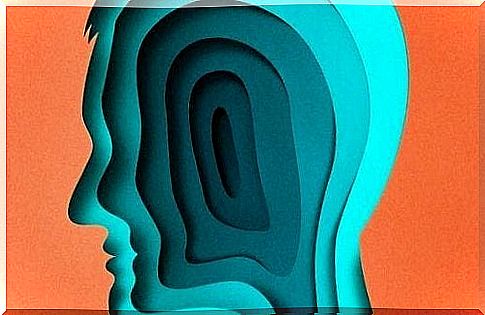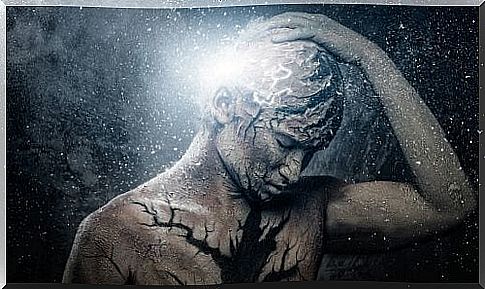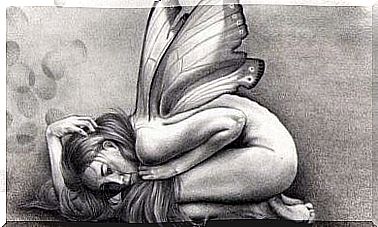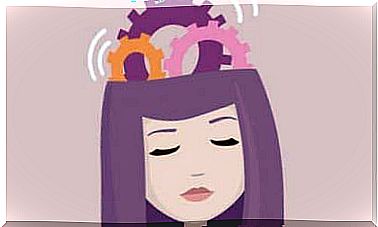Twilight Mode: What Is It And Its Effects?

Consciousness is a complex cognitive process. It has many interesting topics that capture the attention of psychology professionals, such as some disorders that can alter human consciousness. One of the most studied is the twilight condition.
Disorders such as epilepsy or drug addiction are associated with the onset of the twilight condition. This condition is a narrowing of consciousness. In addition, it is usually accompanied by involuntary or compulsive movements. The patient rarely remembers what happens while in this condition.
Twilight mode
The Twilight state is a temporary disturbance of consciousness, attention and also of cognitive functions. Therefore, it is characterized by strong mental confusion, exhaustion of sensation, spatial and temporary disorientation, memory loss and involuntary and impulsive movements.

Twilight condition can vary in both severity and characteristics. Thus, we can find a complete change of consciousness or certain attention or cognitive dysfunctions. The large number of processes involved in consciousness causes this variance. Depending on the damaged function, the patient will therefore show different symptoms.
This disorder is not isolated, it is usually part of the symptoms of a broader pathology. Seizure disorders and substance abuse are the most relevant. Nevertheless, it is important to mention that the twilight condition and its symptoms can signal an outbreak of various types of brain damage.
Twilight condition usually develops with a sudden start-up without any prior warnings. Later it continues for an irregular period, which largely depends on the patient. In this sense, it can last for a few hours or up to a few days in severe cases. Finally, the twilight state has a clear end when the patient returns to his normal state.
Therefore , the most important characteristics of the twilight state are its abrupt start and end. An appropriate comparison might be to press the switch, to turn a light on and off.
Symptoms of twilight condition
These are the most relevant symptoms that define this disorder:
- Significant narrowing of consciousness. The patient’s brain waves are in an extremely low state of alertness.
- Severe attention change. The patient is barely able to respond to stimuli during the episode.
- Involuntary or impulsive movements. Hand movements and contractions of facial muscles are seen along with other behaviors as the impulse to walk. Oddly enough, these movements are not motivated by a specific goal. They simply happen in a repetitive and meaningless way.
- Temporary amnesia. Patients are unable to remember the episode. However, if they remember it, they only remember parts of what happened.
- Possible hallucinations or delusions. Some patients experience auditory and visual hallucinations along with incoherent thoughts such as delusions.
- Total disorientation in the patient. The patient is completely disoriented. They do not know where they are or what time it is.
- The patient has a different attitude. They may appear sweaty, agitated and aggressive.

The Twilight condition manifests itself in various psychological and psychiatric confusions that most people do not know about. In fact, research into this change of consciousness can provide valuable information.
Knowing the causes, symptoms and consequences of the twilight condition can bring us closer to finding ways to treat or cure it. This will lead to patients getting a better quality of life.









